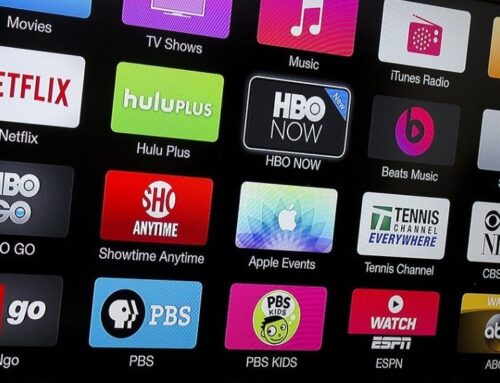Ad Blockers and the Future of TV and Internet Advertising
In this digital age, Ad blockers have become increasingly popular in recent years. This has led to a significant shift in the demographic of TV and internet advertising. This trend has raised questions about the future of TV and internet advertising, and how advertisers can adapt to this situation.
The Rise of Ad Blockers
Ad blockers are software tools that remove or alter advertising content on websites, applications, and other digital platforms. The rise of ad blockers can be attributed to the increasing demand for privacy and control over their online experience. According to a report by eMarketer, As of March 2023, 31% of US adult consumers said they used an ad blocker to protect their privacy. In addition, a study by PageFair found that AdBlock usage is now mainstream across all ages. This presents a challenge for advertisers, who rely on digital advertising to reach their audience and drive sales.
The Impact on TV and Internet Advertising
The good news is that ad blockers do not impact traditional TV advertising (meaning linear TV like cable television) directly. However, there are some significant factors to note in the TV space. As consumers continue to cut the cord and move towards streaming services, advertisers are following suit. But the traditional TV advertising model, which relies on interrupting programming to deliver ads, does not always work the same way in the digital space.
In the past, streaming services like Netflix and Hulu have found success by only offering ad-free subscription models. However, as more streaming platforms have joined the game and more users of all ages and backgrounds have adapted this way of consuming TV, the need for offering a mix of both ad-supported and ad-free options have risen. Both Netflix and Hulu now offer a lower-cost subscription that includes ads while other platforms like The Roku Channel offer free add supported subscriptions.
Adapting to the Situation
So, how can advertisers adapt to this situation? The answer lies in embracing change and discovering innovative ways to reach consumers. One approach is native advertising, which involves integrating ads into the user’s experience in a way that is less intrusive and more engaging. For instance, sponsored content, product placement, and influencer marketing are all forms of native advertising that have proven to be effective in reaching consumers.
Another solution is to focus on quality over quantity. Advertisers can invest in creating high-quality, engaging advertisements that provide value to consumers, rather than bombarding them with irrelevant or intrusive messages. This approach not only respects the user’s experience, but also increases the likelihood of the ad being shared, thus expanding its reach.
Lastly, advertisers can leverage data and analytics to deliver targeted and personalized ads. By understanding consumer behavior and preferences, advertisers can provide relevant ads that are more likely to engage with the user. This approach not only respects the user’s privacy but also increases the effectiveness of the ad.
Conclusion
Ad blockers have undoubtedly altered the landscape of TV and internet advertising. However, this shift presents a chance for advertisers to innovate, embrace change, and find new ways to reach consumers. By focusing on quality, personalization, and less intrusive advertising, advertisers can thrive in the age of ad blockers.
Sources:
PageFair 2017 Report on Ad Blocking





